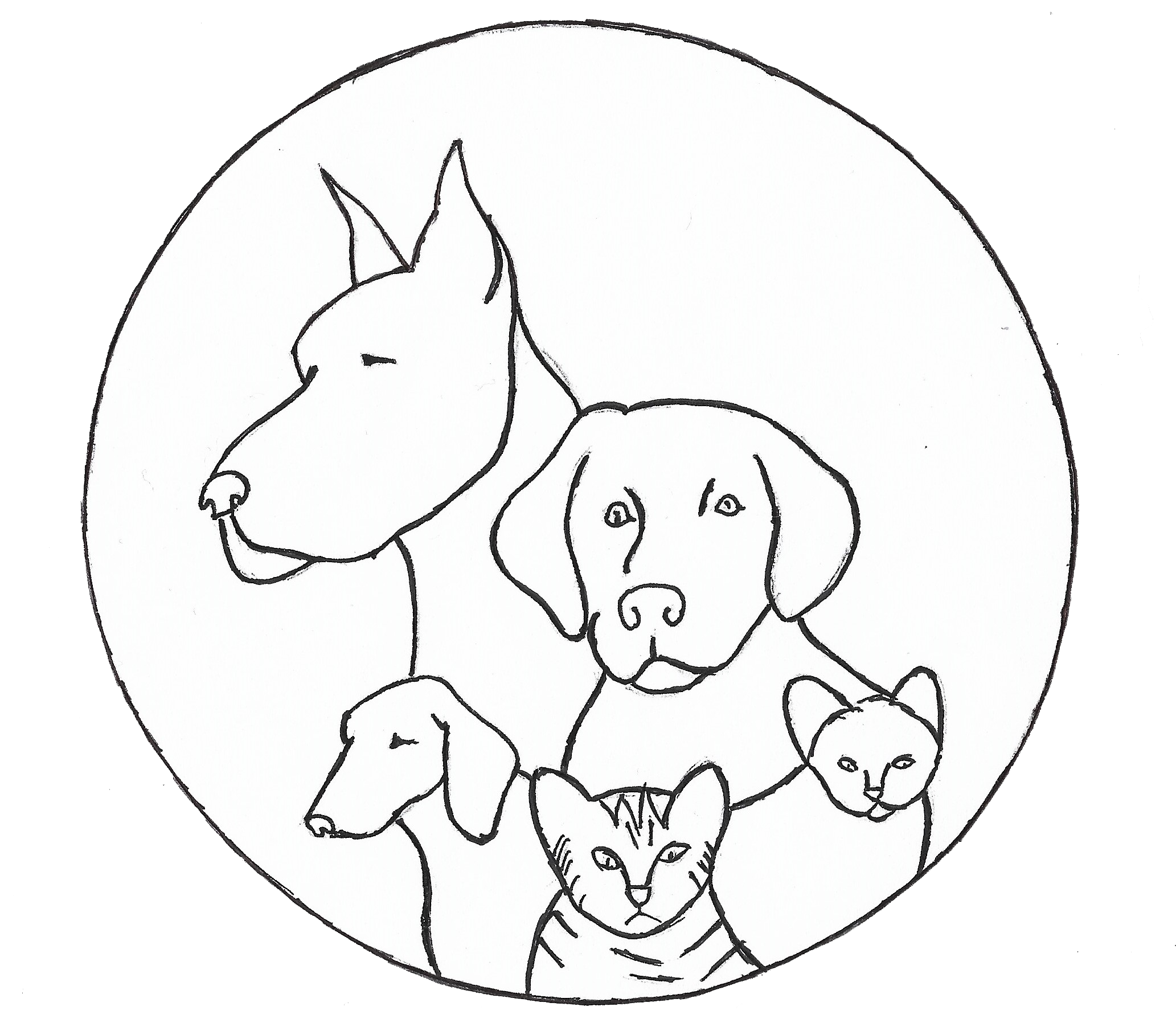Library
-
This handout discusses the pros and cons of feeding a raw food diet to your dog. Topics included are nutritional imbalances, potential bacterial contamination, the risk of foodborne illnesses involving both you and your pet, and other concerns that may arise from feeding a raw food diet.
-
There are many environmentally friendly ways that owners can care for their pets. Waste disposal can involve biodegradable or compostable bags or careful composting. Cat litter can be transitioned to recycled newspaper or sawdust pellets. Any toys, beds, houses and other accessories can be biodegradable and/or recycled such as cotton or rubber. Cats should be kept indoors to reduce their impact on the ecology of their surrounding environment. A nutritionally adequate diet composed of organic food can be provided.
-
An unplanned weight loss of more than 10% of a dog's body weight is considered abnormal. Your veterinarian will take a thorough history and physical exam of your pet, and also perform testing such as bloodwork, urinalysis, and imaging to determine the underlying cause and institute targeted treatment.
-
Acute hemorrhagic diarrhea syndrome, also known as hemorrhagic gastroenteritis, is an acute disorder of dogs characterized by vomiting and bloody diarrhea. There are several possible causes and contributing factors involved and diagnosis is often a process of eliminating other causes of bloody stools and gastrointestinal distress. Affected dogs will appear severely ill and, if left untreated, may die. In most cases, the disorder appears to run its course in a few days if the dog is given appropriate supportive care.
-
Addison’s disease is caused by the decreased release of the hormones cortisol and aldosterone from the adrenal cortex. Most commonly caused by immune-mediated destruction, Addison’s disease can also be caused by trauma, infection, neoplasia or hyperadrenocorticism treatment. Clinical signs are non-specific and often come and go. The most definitive diagnostic test for Addison’s disease is the ACTH stimulation test.
-
An adrenal cortex tumor is an abnormal growth of cells in the adrenal cortex. These tumors result in overproduction of cortisol and can be malignant (cancerous) or benign. In both cases, an adrenal cortex tumor can cause Cushing's disease in dogs. Malignant tumors can metastasize to other organs, including the kidneys, lymph nodes, and thyroid gland. The sooner a diagnosis and treatment plan can be determined, the better the outcome for your pet.
-
The adrenal medulla is responsible for producing hormones such as epinephrine, norepinephrine, and dopamine. An adrenal medulla tumor is the result of abnormal, uncontrolled growth of the cells that produce these hormones. These tumors may go undetected for a long time and clinical signs may be subtle. These signs could include weakness, excessive panting and restlessness, newly noted anxiety, and an increase in drinking and urination. The biggest concern with these tumors is their ability to continue to grow and invade local tissues, which can make surgical removal difficult or impossible.
-
The Afghan Hound has glamorous good looks that belie his grit and stamina. This ancient breed runs swiftly, is relatively independent and gives affection only to those who have earned it.
-
Afoxolaner + milbemycin oxime is a heartworm disease preventive that also treats certain internal parasites and controls fleas and ticks in dogs. It is also used off-label to treat mite infestations in dogs. Certain dog breeds are more sensitive to milbemycin oxime than others; your veterinarian will advise you on the safety of milbemycin oxime use in your dog.
-
Territorial behavior is a normal canine behavior, though territorial aggression can result in injury to a person or animal. Many dogs that exhibit territorial aggression have an underlying fear or frustration that contributes to their level of arousal. Territorial aggression may be preventable if recognized and addressed early.

